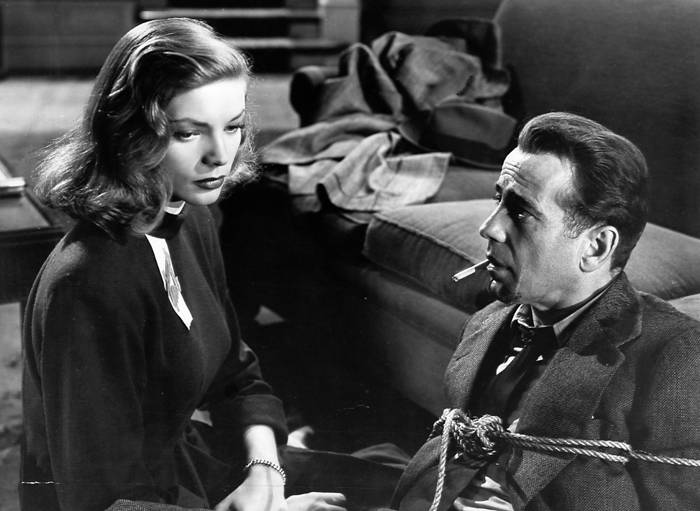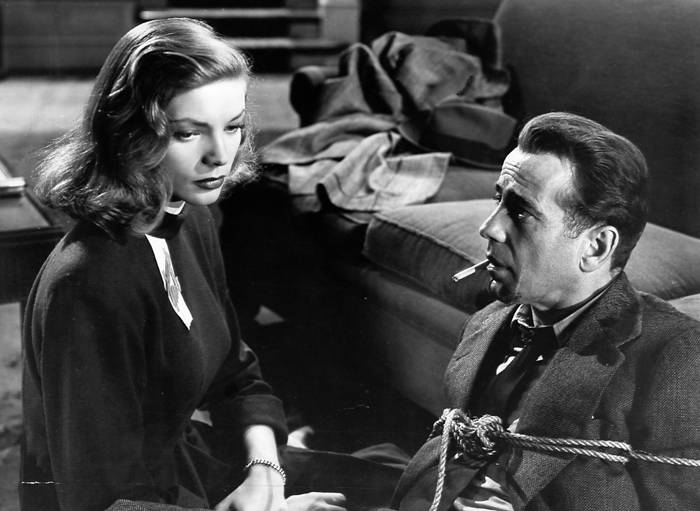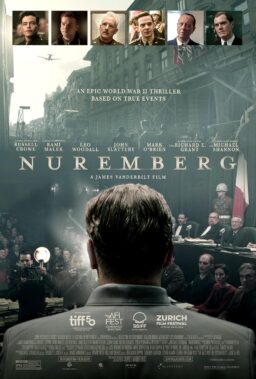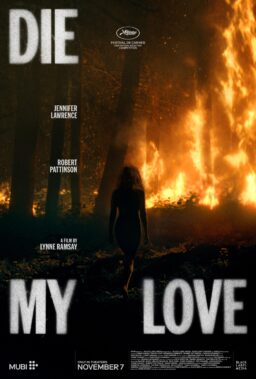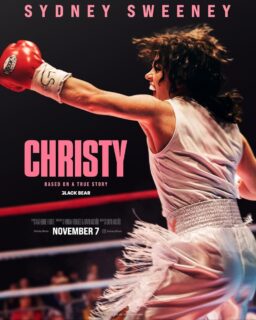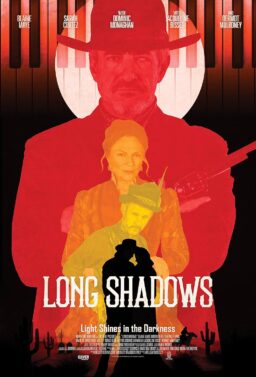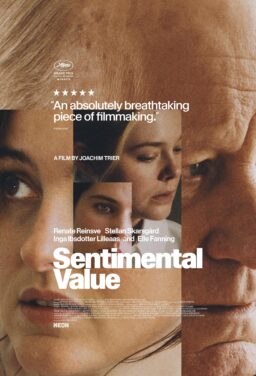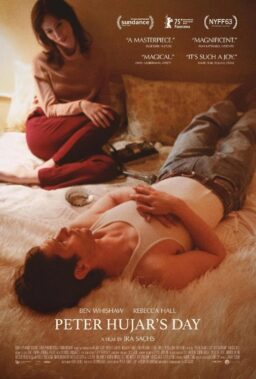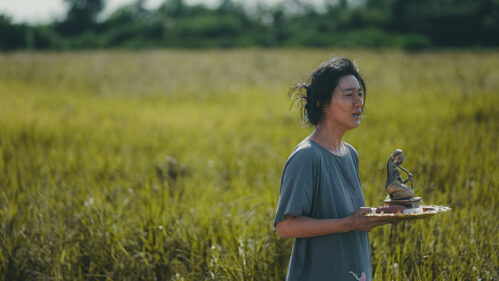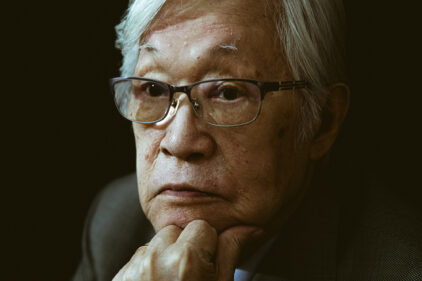
Two of the names mentioned most often in Howard Hawks‘ “The Big Sleep” (1946) are Owen Taylor and Sean Regan. One is the chauffeur for the wealthy Sternwood family. The other is an Irishman hired by old Gen. Sternwood “to do his drinking for him.” Neither is ever seen alive; Regan has disappeared mysteriously before the movie begins, and Taylor’s body is hauled from the Pacific after his Packard runs off a pier. Were they murdered? And does it even matter, since there are five other murders in the film?
One of the best-known of all Hollywood anecdotes involves the movie’s confusing plot, based on the equally confusing novel by Raymond Chandler. Lauren Bacall recalls in her autobiography, “One day Bogie came on the set and said to Howard, ‘Who pushed Taylor off the pier?’ Everything stopped.” As A.M. Sperber and Eric Lax write in “Bogart,” “Hawks sent Chandler a telegram asking whether the Sternwood’s chauffeur, Owen Taylor, was murdered or a suicide. ‘Dammit I didn’t know either,’ ” Chandler recalled. And Chandler later wrote to his publisher, “The girl who played the nymphy sister (Martha Vickers) was so good she shattered Miss Bacall completely. So they cut the picture in such a way that all her best scenes were left out except one. The result made nonsense and Howard Hawks threatened to sue… After long argument, as I hear it, he went back and did a lot of re-shooting.”
It is typical of this most puzzling of films that no one agrees even on why it is so puzzling. Yet that has never affected “The Big Sleep’s” enduring popularity, because the movie is about the process of a criminal investigation, not its results.
The process follows private eye Philip Marlowe (Humphrey Bogart) as he finds his way through the jungle of gamblers, pornographers, killers and blackmailers who have attached themselves to the rich old general (Charles Waldron) and his two randy daughters (Bacall and Vickers). Some bad guys get killed and others get arrested, and we don’t much care–because the real result is that Bogart and Lauren Bacall end up in each other’s arms. “The Big Sleep” is a lust story with a plot about a lot of other things.
That can be seen more clearly now that an earlier version of the film has surfaced. “The Big Sleep” was finished by Warner Brothers in 1945, but held out of release while the studio rushed to play off its backlog of World War II movies. Meanwhile, ongoing events greatly affected its future. Hawks’ “To Have and Have Not” (1944), Bacall’s screen debut, was an enormous hit, and the onscreen chemistry between her and Bogart was sizzling (“You know how to whistle, don’t you, Steve? You just put your lips together and blow.”) Bacall then starred opposite Charles Boyer in “Confidential Agent” (1945) and got withering reviews. And she and Bogart were married (she was 20, he was 44).
Bacall’s powerful agent, Charles Feldman, who disliked the version he saw, wrote studio head Jack Warner in desperation, asking that scenes be eliminated, added and reshot. Otherwise, he warned, Bacall was likely to get more bad reviews, damaging the career of a promising star who was married to the studio’s biggest money-maker.
Warner agreed, and Hawks returned to the sound stages with his actors for reshoots. Bacall’s book minimizes this process: “Howard … did need one more scene between Bogie and me.” Actually, he needed a lot more than that. The 1945 release, now restored by archivists at UCLA, is accompanied by a detailed documentary showing what was left out and what was brand new when the movie was finally released in 1946.
What Feldman missed, he said, was the “insolence” that Bacall showed in “To Have and Have Not.” In the original version of “The Big Sleep,” the relationship between Bogart and Bacall is problematical: Marlowe isn’t sure whether he trusts this cool, elegant charmer. The 1946 version commits to their romance, and adds among other scenes one of the most daring examples of double entendre in any movie up until that time. The new scene puts Bacall and Bogart in a nightclub, where they are only ostensibly talking about horse racing:
Bacall:“…speaking of horses, I like to play them myself. But I like to see them work out a little first. See if they’re front-runners or come from behind… I’d say you don’t like to be rated. You like to get out in front, open up a lead, take a little breather in the back stretch, and then come home free….”Bogart:“You’ve got a touch of class, but I don’t know how far you can go.”Bacall:“A lot depends on who’s in the saddle.”
What you sense here is the enjoyable sight of two people who are in love and enjoy toying with one another. The new scenes add a charge to the film that was missing in the 1945 version; this is a case where “studio interference” was exactly the right thing. The only reason to see the earlier version is to go behind the scenes, to learn how the tone and impact of a movie can be altered with just a few scenes. (The accompanying documentary even shows how dialog was redubbed to get a slightly different spin.)
As for the 1946 version that we have been watching all of these years, it is one of the great film noirs, a black-and-white symphony that exactly reproduces Chandler’s ability, on the page, to find a tone of voice that keeps its distance, and yet is wry and humorous and cares. Working from Chandler’s original words and adding spins of their own, the writers (William Faulkner, Jules Furthman and Leigh Brackett) wrote one of the most quotable of screenplays: It’s unusual to find yourself laughing in a movie not because something is funny but because it’s so wickedly clever. (Marlowe on the “nymphy” kid sister: “She tried to sit in my lap while I was standing up.”) Unlike modern crime movies which are loaded with action, “The Big Sleep” is heavy with dialogue–the characters talk and talk, just like in the Chandler novels; it’s as if there’s a competition to see who has the most verbal style.
Martha Vickers was indeed electric as the kid sister, and Dorothy Malone all but steals her scene as a book clerk who finds Marlowe intriguing. But the 1945 version makes it clear Bacall was by no means as bad as Feldman feared she was: She is adequate in most scenes, and splendid in others–but the scenes themselves didn’t give her the opportunities that the reshoot did. In scenes like the “racing” conversation she has the dry reserve, the private amusement, the way of sizing up a man and enjoying the competition, that became her trademark. It’s astonishing to realize she was 20, untrained as an actor, and by her own report scared to death.
Bogart himself made personal style into an art form. What else did he have? He wasn’t particularly handsome, he wore a rug, he wasn’t tall (“I try to be,” he tells Vickers), and he always seemed to act within a certain range. Yet no other movie actor is more likely to be remembered a century from now. And the fascinating subtext in “The Big Sleep” is that in Bacall he found his match.
You can see it in his eyes: Sure, he’s in love, but there’s something else, too. He was going through a messy breakup with his wife, Mayo, when they shot the picture. He was drinking so heavily he didn’t turn up some days, and Hawks had to shoot around him. He saw this coltish 20-year-old not only as his love but perhaps as his salvation. That’s the undercurrent. It may not have been fun to live through, but it creates a kind of joyous, desperate tension on the screen. And since the whole idea of film noir was to live through unspeakable experiences and keep your cool, this was the right screenplay for this time in his life.
Howard Hawks (1896-1977) is one of the great American directors of pure movies (“His Girl Friday,” “Bringing Up Baby,” “Red River,” “Rio Bravo”), and a hero of auteur critics because he found his own laconic values in many different kinds of genre material. He once defined a good movie as “three great scenes and no bad scenes.” Comparing the two versions of “The Big Sleep” reveals that the reshoots inserted one of the great scenes, and removed some of the bad ones, neatly proving his point.

